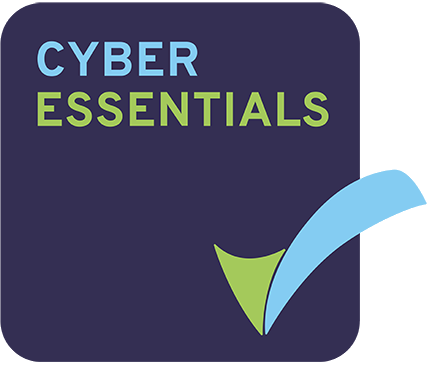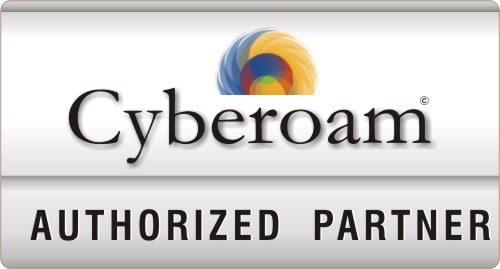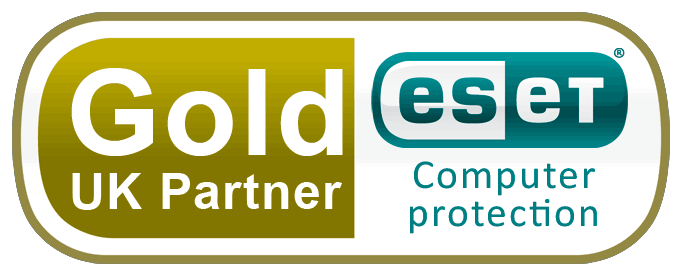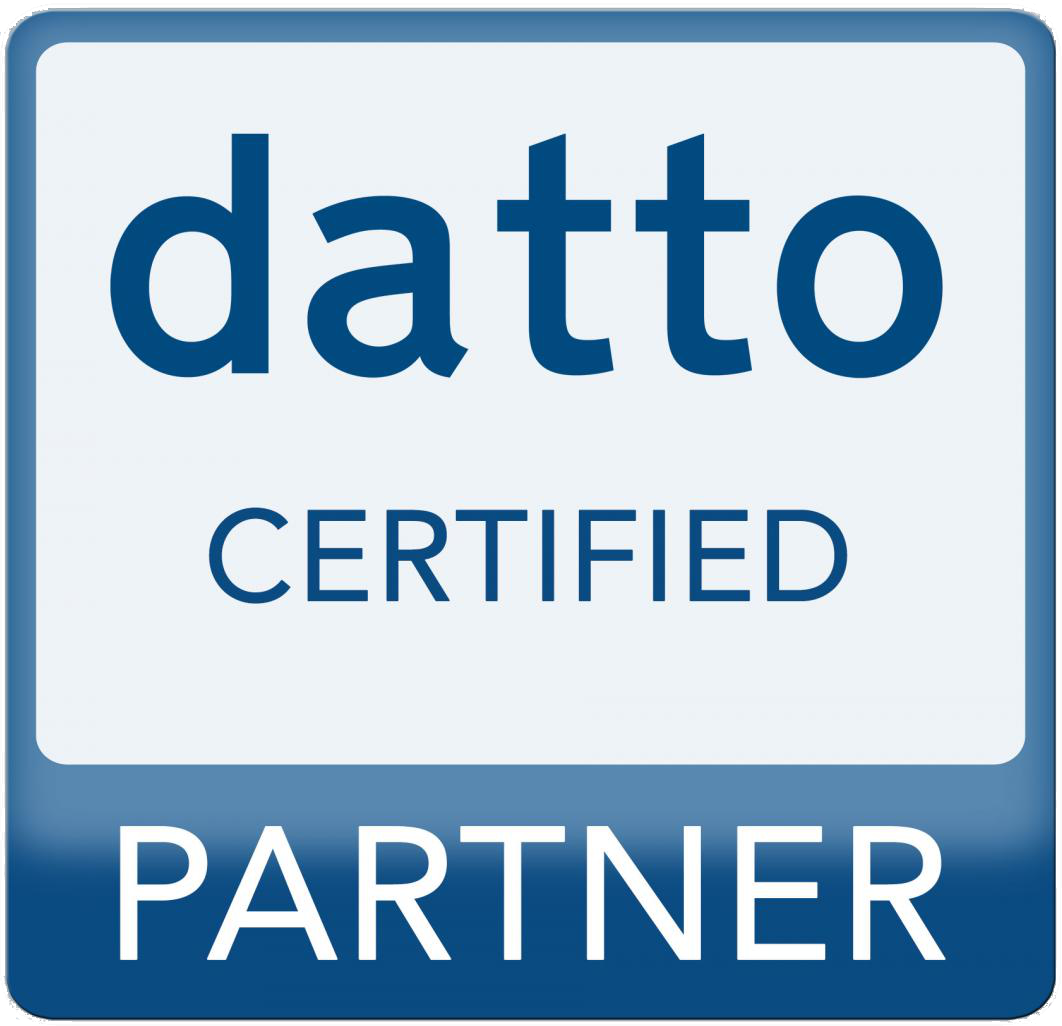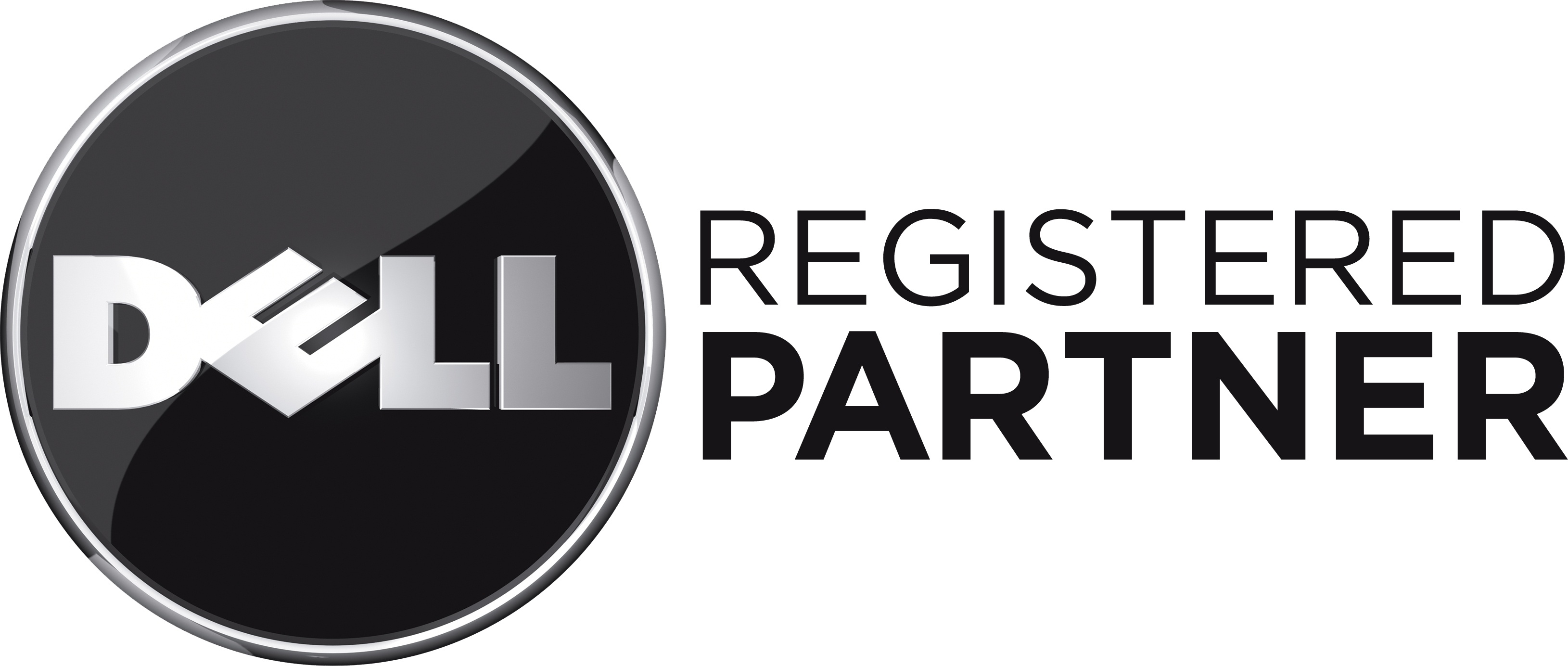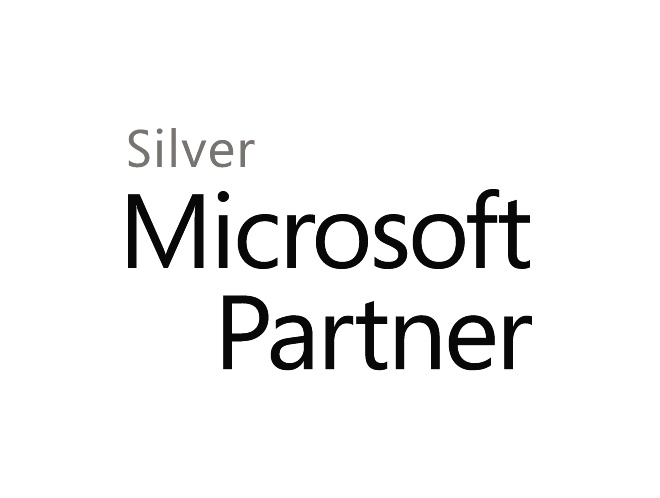It can be difficult for businesses to keep up with the latest technology with ever changing innovation, but keeping up with technology in today’s fast paced world is a must to stay in front of competition, and to keep businesses relevant.
The term ‘Hosted Desktop’ has been around for years, but only now with improved connectivity and enhancement’s in technology, has the ‘Hosted desktop’ come into its own. The future really is now! – ‘Hosted Desktop’ can come in several forms and is also known as ‘Desktop-as-a-Service’ (DaaS), but in its simplest form it's the technology to allow a user’s desktop working experience, applications & data to be ran from a central location, allowing the user to access a common and friendly interface that they are comfortable with, from any location and on any device.
There is also the ability to deliver Application’s as a service, so that users can access bespoke business applications via a web portal, without the need for a local install. With this power and control at your fingertips, it is creating the next generation of working, and allows businesses to leverage Enterprise level IT with a fraction of resources & budget.
Providing a Hosted working experience & strategy for your staff can add many benefits to your business, and must be seriously considered when reviewing your Business roadmap.
Below are a few key business benefits that are available from Hosted Working & Cloud Services:
Simplify IT
IT does not need to be complicated. Business owners need to concentrate on what they do best, running their business. This is where outsourcing to a Managed IT Cloud provider can help. Gone the days of reviewing endless IT quotes of server specs, hardware guides etc.. Now Cloud providers look after this in the background, and create a wraparound service bespoke to your business to deliver enterprise level IT to your team.
Scalable, Flexible & Elastic working
Hosted working and Cloud services are running from secure date centre platforms, that means there is no limit to the performance or storage required. As you need more users & resources, the service can be scaled. Likewise, if you need to scale up for a temporary period of time (for example extra staff over a Christmas period) you can easily scale back down as Cloud services are ‘elastic’, meaning you’re not paying for an IT investment you’re not using.
Company & Team Mobility
Hosted working gives your team access to a desktop, data and applications they are familiar with – That can be accessed anytime, anywhere, on any approved device. This means improved uptime for businesses, allows site-to-site and home workers, and improved company Disaster recovery planning.
IT Spend that is predictable & Controllable
IT is often seen as a business expense, and not valued to business owners. It is usually classed as ‘must have’. This was due to traditional IT re-fresh cycles – Meaning IT projects had big upfront costs (CAPEX), high maintenance costs and then an IT re-fresh every 3 years meant another big up front spend. Hosted working and Cloud services now offer businesses the opportunity to access enterprise level tools with a very little CAPEX spend, and on a predictable and controllable OPEX model (Monthly).
Leverage the power of Enterprise level security
Utilising a Cloud service allows SME’s to lean on larger investments that data centres have made, giving you enterprise level security and protection, at the fraction of the cost of purchasing it direct.
Compliance, Regulation & Accreditation
Staying compliant or gaining an accreditation like ISO 27001 or Cyber Essentials is now a must for many businesses to stay ahead – But to do so, there is often a large investment into technology to comply, with constant upgrade fees to keep up to date. Working with a Cloud partner, allows you to use their compliance and accreditations to make it much easier to meet the requirements, with minimal spend.
Ensure you have a ‘Cloud Strategy’
Don’t go alone! With so many options, providers and data centres out there it is difficult to ensure you find the right provider that is a fit for your business. Going down the wrong path can be detriment to a business. Look to work with a Cloud Integrator – They can provide you with a Cloud Strategy that will allow you to align your IT investment, with the direction your business is heading.
Are there any risks with working from a Cloud hosted desktop environment?
With any IT environment, there are always risks – Using a Cloud service isn’t any more a risk than hosting your own on-premise service/data, however steps should always be taken to increase security whether it be on-premise or Cloud.
Implementing the right security protocols and controlling who has access to data means that using a cloud based desktop or application can be very safe, however, as cloud network access proliferates throughout the industry, the degree of risk also increases. This can include insider threat, cyber-attacks, and data tampering from competitors and the media. Therefore, it is important that data is managed with a set of security policies that will protect legal records and sensitive data from these risks.
What protocol should I follow to ensure data is secure?
For best practice, you should abide by these 6 ways to safeguard your cloud network as a minimum;
- Know where your data is – With so many cloud technologies and hosting providers, do you really know where your data is kept? Ensure you do thorough research into the provider, their security levels, and exactly where your data and backups will reside. This will allow for compliance if your company or clients require data to remain somewhere specific, such as only within the UK or Europe.
- Encrypt your data – This will limit traceability as the data will be recoded into another form which can only be understood by authorised parties. By encrypting the Cloud platform used, sensitive emails, hard-drives, and all removable data, you will have peace of mind should there be any disruption.
- Implement password policies – On average, a basic 9-character password will take just 7 milliseconds to crack, but by simply adding a capital letter and a special character, you can increase this to 14 years. Although hackers are continuously getting smarter, you can stay one step ahead by regularly updating all your passwords and always incorporating a range of characters.
- Regulate social engineering - Occasionally, staff are the easiest way into a network due to careless actions such as opening unfamiliar links in emails, giving details over the phone and leaving written documentation in unsecure places. This naivety can be addressed by putting a staff policy in place that will educate your employees on how to reduce risk and avoid security breaches.
- User Training – Ensure current and new employees are fully aware and trained on security issues and how to avoid potential breaches. This should include best practice methods such as not posting information on social media and regularly updating individual passwords.
- Personal device protection – Often, companies operate on a ‘bring your own device’ (BYOD) system and therefore it is vital these devices are protected when they are linked to your network. This should include password and anti-virus protection as a minimum and should enable remote tracking and system wiping to reduce risk if the device becomes lost or stolen.
If you would like any more information about hosted working, a Cloud strategy for your company or would like to see a demo please feel free to contact me for an informal chat.
Mike Douglass
Director
Yellowbus Solutions Ltd – Managed IT & Cloud Solutions





